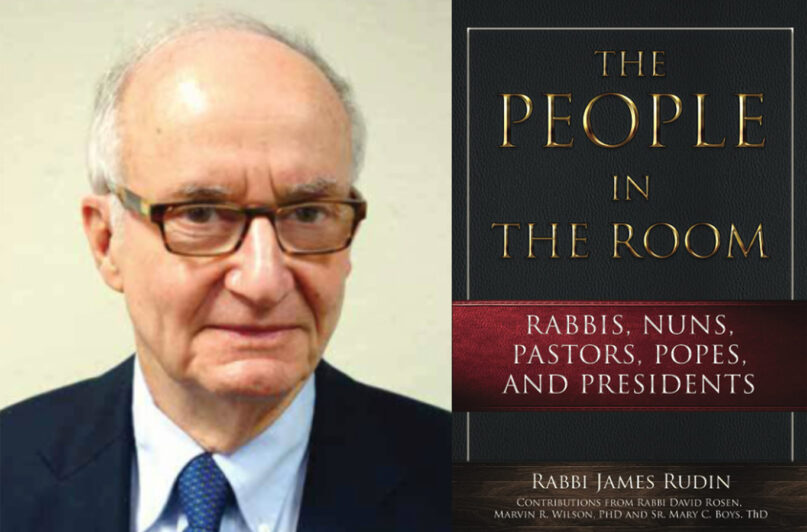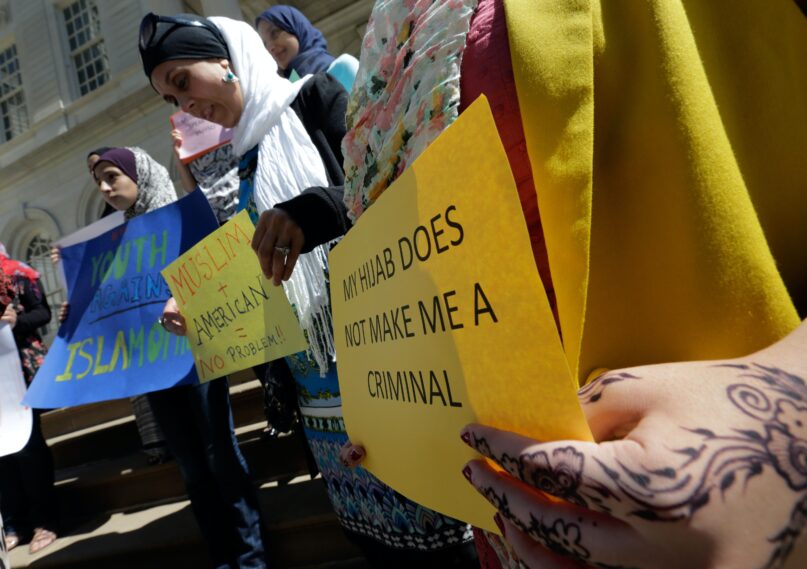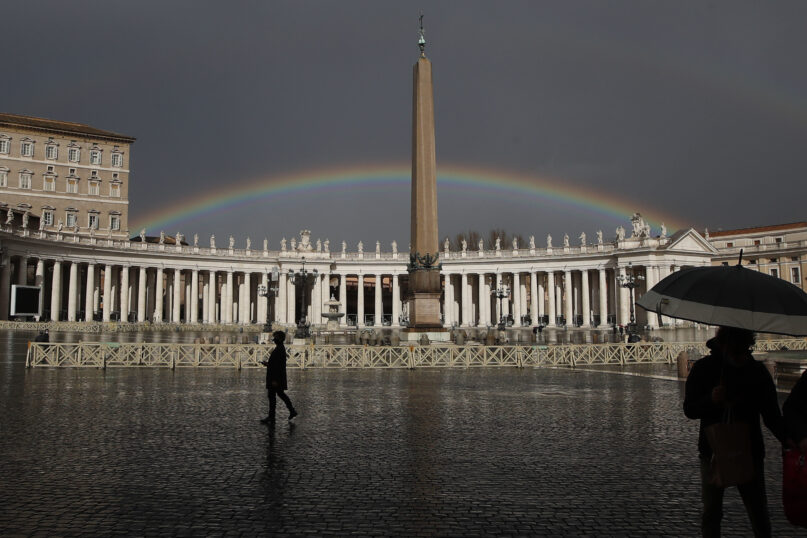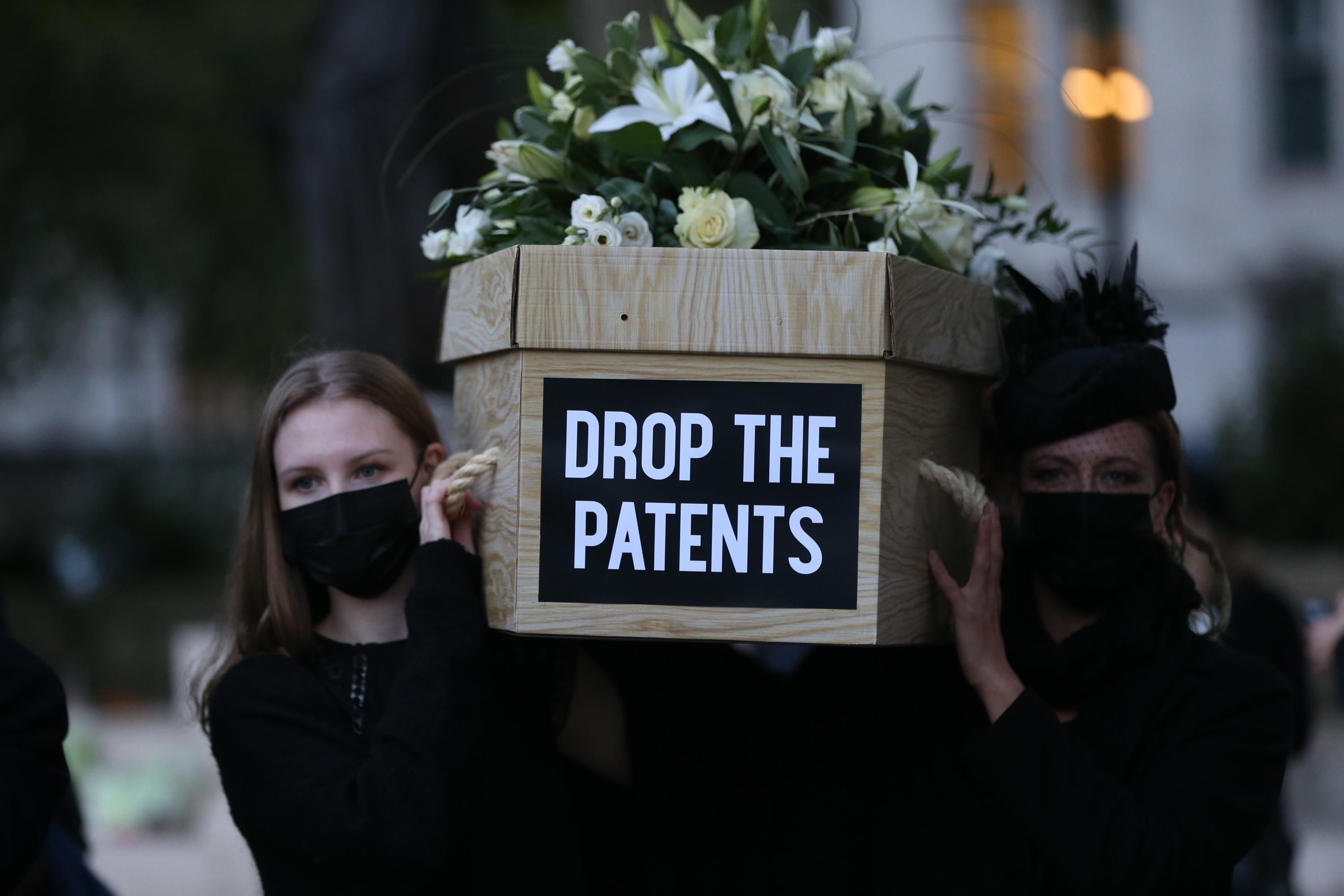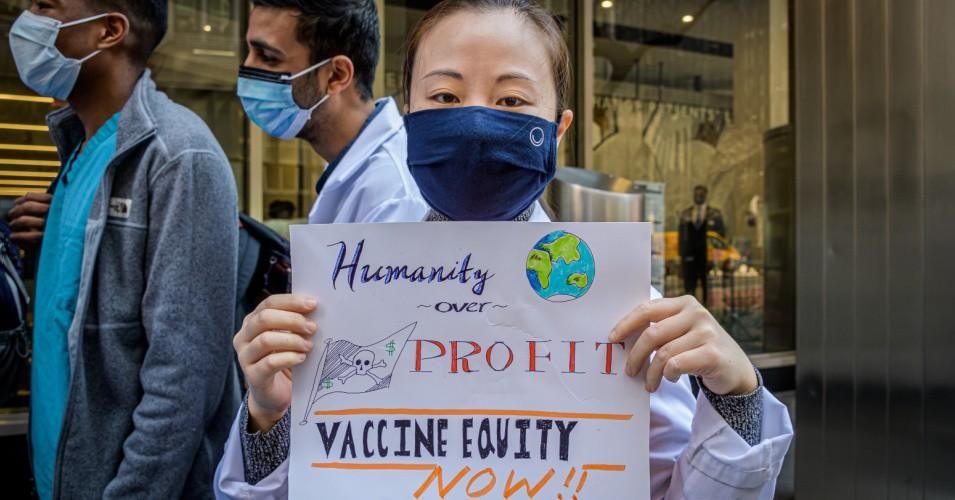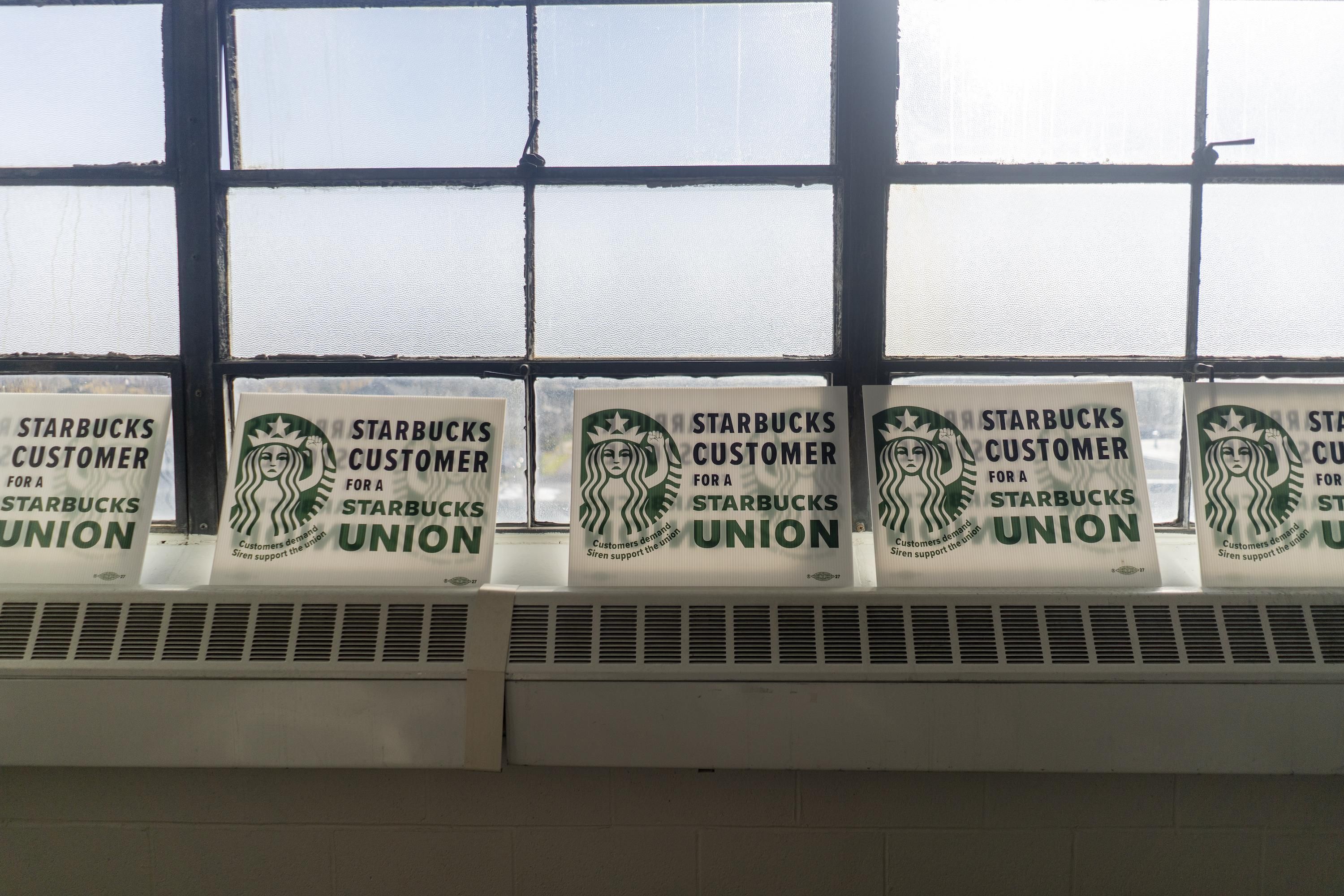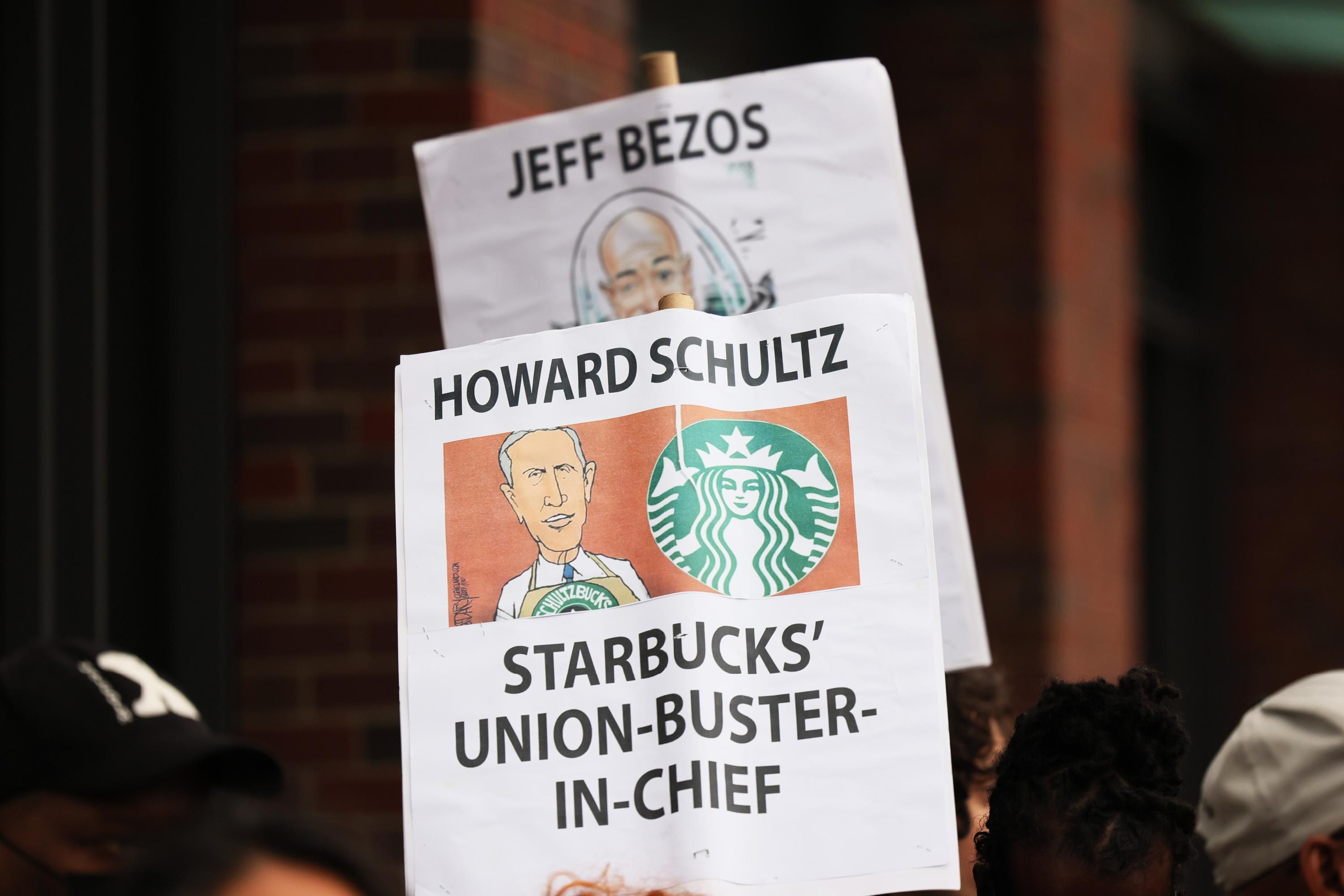A Conversation About Civilizational Collapse
This Is How Civilizations Collapse, And Why Ours Feels Like It’s Beginning To

May 30
I recently did an interview with veteran broadcaster Anthony Davis, formerly of the BBC. I don’t often do interviews these days, for a simple reason — I turn down most requests from American mainstream media because they expect me to be an actor. A pundit. They’re a charade, in which you’re expected to say certain things. I enjoyed this one — because I felt that with Anthony, we could talk…seriously.
And, friends, we need to talk. Why? Don’t take it from me — take it from the UN, which is now warning of an increased risk of “global collapse.”
How so? “When global collapse risk is analysed according to the nine planetary boundaries, scenarios that consider achievement of the SDGs and the Sendai Framework goal within the concept of planetary boundaries show a dangerous tendency for the world to move towards a global collapse scenario.”
We are living now in the Event. Extinction. It’s beginning all around us. You can begin to see it with your own two eyes now. Birds falling dead from the sky in a scorched subcontinent. War. Lunatics taking control of societies, as they give up on the future. Ecologies crashing and literally burning. It used to be a guess, a scenario, a theory. Now you can literally begin to see it happening. This is Extinction.
Anthony and I talked about many things. Collapse. Failure. Risk. That oh so American accusation — alarmism. Let me tie up a few the threads of our discussion here, using the notion of global collapse.
Anthony raised the point that people like me — us — are often dismissed as “alarmists,” which is because Americans, in particular, need a certain tone. One of sober-minded optimism. But what if the facts point to a different conclusion? Me? I’d rather be making music. Facts get in the way. Let’s discuss a few inconvenient ones that I’ve come to observe as an economist that alarm me.
There aren’t many economists left who study our civilization. They’re taught not to — the answer you’re inculcated into when you study Econ is that markets will solve everything, so, hey just put a market in place of something, and presto — you don’t ever have to look at a fact again. But when you do, if you do…
The way that the UN looks at the future is bottom-up. They outline certain scenarios. They have to do with climate change, and whether goals are being met, or enough pledges are being made. And every year or so, what happens is that the worst set of cases of all these scenarios seem to be coming true. That’s for a simple enough reason. Pledges and goals are easy. But fulfilling them is much, much harder.
The way that I look at the future — one way I do — is top-down. What does that mean? It means I look at the hard facts of our civilization. Not pledges and goals, but what you can call the macroeconomics of our civilization. And those macroeconomics are incredibly troubling. Let me give you three facts I discussed with Anthony that, to me, point squarely to global collapse.
Everything for a civilization has to do with investment. Investment is the linchpin of the project of civilization. Town squares, universities, science, art, literature, medicine — all these come from investment. Civilizaiton in a very real sense is just the act of collective investment. That is how we come to “be” civilized, to have things like schools and roads and hospitals and drugs and books and so forth. And then we live, hopefully, in peace, and intelligence, and with empathy. Everything depends on investment.
Our investment rate as a civilization is about 20%, give or take. That sounds high, maybe — but you need context to really understand it.
What does 20% investment get you? It gets you America. That’s America’s investment rate, too. And we can see, from the example of America, that it’s not enough. America doesn’t have any functioning systems — healthcare, retirement, education, even food. People live miserable enough lives that downward mobility has become the norm, and they’ve turned atavistic: they’re seeking belonging, meaning, stability, purpose, in regress, as their society simply falls apart. So they’ve turned back to every kind of lunacy, from fundamentalist religion to authoritarianism to supremacy and all those put together. The vicious cycle of collapse accelerates this way, because this atavistic turn makes investment more or less impossible, and so collapse hits harder and faster.
So. Fact one. We know that 20% isn’t enough. To keep the project of civilization going. To stop The Event, which is now beginning, which will cleave human history in two — Extinction. Human beings have been around for 300,000 years. The last time the planet was as hot it’s getting was millions of years ago. We have never — ever — experienced anything like what is beginning now, and human history will regard it is it’s greatest cataclysm and defining event. This is the Age of Extinction.
And that’s happening because 20% is too low.
Fact two. How high does our civilizational investment rate need to be to do something about The Event? Extinction. Can we stop it, or even try to lessen it? What would have to be done? Or do we just keep looking at goals and pledges and then next year, saying, it’s getting worse and worse? The temperature’s getting hotter. It’s 50 degrees Celsius in the Indian Subcontinent. Europe’s scorching. The American West is running out of water. How much longer do we have? Extinction.
The answer lies in looking at the only region in the world which has managed to cut carbon emissions. There’s only one. Europe. And Europe has an investment rate of 50%. That’s why Europeans enjoy all those things they’re renowned for, that Americans don’t have — good hospitals, schools, retirements, affordable educations, the right to live in dignity, without massacres every week. And that investment rate, too, is what begins to be necessary to begin to put the brakes on the runaway train of The Event.
So. We have an investment rate of 20% as a civilization. We need one of 50%. These are facts. They are not just idle opinions. They’re not alarmism or hyperbole or exaggeration or any of the rest of it. They are empirical truths about the world that we live in. Without a dramatic transformation in our civilizational economics, just as the UN says, we are heading for collapse.
The difference between me and the UN is that I’m more certain of it. Because, like I explained, the way I think about is top down. Beginning with civilizational macroeconomics allows me to see the whole picture at once. And hopefully you can too.
You can begin see how big this gap really is.
Fact three. Our entire global economy needs to transform radically and dramatically in the next decade, two, tops three — or collapse accelerates continues. It spreads outwards from America, and engulfs the world. The lights begin to go out. We’re already living in an era, now, of shortages, inflation, uncertainty, war, conflict, nationalism, fascism, fundamentalism. All that spreads and takes hold, and this atavistic turn that’s taken place in America — and India and Russia and so forth — goes viral.
Why do I say that? 20% needs to become 50%. But how big is that number, in hard terms? Our economy as a civilization is — let’s call it $100 trillion for simplicity’s sake. We invest $20 trillion of that back. It’s not high enough. That number needs to rise from $20 trillion to $50 trillion. That’s $30 trillion, in a decade or two.
We need the greatest wave of investment in human history. In all the 300,000 years since humanity first took its steps. The greatest one. What does that investment wave have to do? It has to provide decarbonized basics, from food to water to energy. But even deeper than that — as Vaclav Smil has pointed out, our civilization’s Big Four, fertilizer, glass, cement, and steel, all depend critically on hydrocarbons. We need to make those clean, too. And then we need to provide every human being on planet earth with a little money, food, water, shelter, sanitation, an education, so that fascism, which has already returned, is stopped in its tracks.
Big job. Big jobs.
Why do we have, at this point, three generations of chronically underemployed young people? Who are fast losing faith and optimism in the future? Who barely believe there’ll be one? Why is the feeling that young people will live worse lives than their elders?
Because we’re not doing this work.
Think about all the jobs this transformation — and again, it’s the greatest one in human history — would provide. Everything from young people figuring out how to make clean steel, energy, glass, cement, agriculture, to entire categories of careers and jobs we haven’t even imagined yet. “Extinction Guardian” — someone who’s job it is to protect collapsing ecologies. “Ecosystem Architect” — someone whose job it is to keep our critical ecologies alive, the ones which provide us food, water, air, medicine. “Planetary Systems Manager” — someone whose job it is to make sure every kid in the world is getting the education or water or food they deserve.
Think of the fact we don’t even know how many species are going extinct. How basic is that job? Just…counting? For a species like us, on a dying planet? We could just begin with “Life Systems Accountants.”
Now think of all the new institutions those new jobs would require creating. A Planetary Extinction Agency. A Global Systems Fund. A Life on Earth Development Foundation. And so on and so on. We don’t have any of those. Any of them, really. What we have are the ones left over from the last World War — the UN’s Development Agency, and it’s Children’s Agency, and so on. They do good, vital, crucial work. But we need to go much, much further now.
We need to invest the greatest amount in human history, in the shortest period of time. Or our civilization is going to collapse.
Again, you can accuse me of all the things you like. I have only spoken to you about facts. Empirical truths about the world we live in. None of this is anything but grounded in those truths. I have taken you on a brief tour of civilizational macroeconomics.
Now. What does “global collapse” mean? Collapse is a technical, formal term. It’s not something that I — or any good thinker — says to scare you. It’s meant literally, in a few ways. The collapse of economies, of social structures, of systems, and of institutions.
Global collapse means all those things, and it’s already here.
How much more do you pay for food this year than a couple of years ago? For fuel? For everything? Inflation is surging, and the cause isn’t just war. It’s Cataclysm, the Event. Extinction. Harvests are beginning to fail. The water is beginning to run out. What dirty fuel there is is left in the hands of fascists and lunatics. Inflation is here, and it’s not going to stop. Sure, there’ll be little hiccups here and there. But now…
We are in the age of fighting over the last few resources on a dying planet. Those conflicts have already begun. Russia’s war on Ukraine is about controlling the world’s food and oil and gas supplies — and while Russia’s losing soldiers, it’s succeeding, to an extent, in that objective. This dismal trend will of course only continue, because on a dying planet, without investment, there is not going to be enough to go around. Think of the Indian Subcontinent. Hindus and Muslims are already at each others’ throats. Now imagine what happens when it hits 60 degrees in the summer — and the water’s running out. Bang. Resource conflicts aren’t “going to happen.” They already are.
With Extinction comes the collapse of systems that we take for granted. My Western friends think they can turn on the ACs, retreat indoors forever, and ignore the plight of a dying planet. They’re wrong. What are they going to eat? Drink? Where’s their medicine going to come from? What happens as energy grids fail? Extinction is going to bring with it the breakdown of all these basic systems — and again, that’s already beginning. In the Indian Subcontinent, it’s 50 degrees already, and energy grids are failing. Water’s a precious commodity. Food’s skyrocketing in price, because the scorched Punjab feeds two billion people, and the harvests are failing.
What happens as systems fail? People lose their moorings. They turn on their neighbors and friends, desperate to feed their kids. They seek some kind of explanation for it all in fundamentalist religion. They seek some kind of optimistic vision for the future in authoritarianism. They look for already hated groups to scapegoat for it in neofascism. The entire project of civilization begins to come undone.
You can see this happening in America, which is why I use it as an example. Being the world’s “richest” country hasn’t protected it from all these forms of collapse. Because the resources, money, time, everything, has been hoarded by the super rich, who own it all, and the average person has been getting poorer for decades now. Now, life in America is a bitter, brutal struggle for the basics — healthcare, education, shelter, a little money to pay off all that debt, some kind of “job” to have it. One tiny misstep, and you lose it all. It’s a fight to the death.
And an increasingly brutal one. That fight has torn Americans apart. It has destroyed what was left of America’s social capital — it’s trust, relationships, community. Americans don’t just distrust one another now — they actively hate one another. Everything is bitter, rancorous, enraged. There’s no public life. Nobody smiles. America’s a divided nation, and half of it wants to go back to some kind of weird medieval slash fascist fantasyland. This is what the end of civilization looks like.
At least part of it. The other half, you can see in the Indian Subcontinent. There, it doesn’t feel that way so much because it still has social capital. There are reglious and ethnic divisions, but within those communities, people still like and trust one another. But resources are now in seriously short supply. What do you when it’s 50 degrees — and the lights go out all day? Or the taps stop running? Or there’s no medicine left, because it’s all spoiled?
Westerners think: he’s saying life comes to an end! No, it doesn’t. Civilization does. Life goes on. But living in a civilized way becomes harder and harder. A dark age falls.
Extinction — and I always have to add this caveat for new readers, so forgive me — doesn’t mean “everyone dies!” It means that there is an Extinction Event now unfolding. A huge, huge number of the earth’s species are going to be gone. So many we can’t even count them yet. Trees, forests, animals. All of that is going to cause a systems collapse, which it already is. Covid wasn’t a fluke — we are learning now that it was part of a trend, pandemics, which happen when animals and humans rub shoulders, as habitable land is scorched, burned, flooded, drowned.
Extinction is an Event. It means many, many things. We are all going to have to understand it. In subtle and complicated and thoughtful ways. I don’t bring it up so you just panic and react and some people lash out defensively thinking “he’s saying we’re all going to die!” Quite the opposite. I mean we are now beginning to live through the single event of greatest impact in human history, ever.
And we need to begin to understand it, in genuinely thoughtful and precise and reflective ways. So far, we don’t even have the vocabulary, language, ideas, which is why I write about it.
So. Let’s draw some conclusions. Are we headed for global collapse? I gave you three facts. My conclusion from those three facts is that we need the greatest wave of investment in human history, to even begin to lessen the impact of Extinction. The more that we do that, the more chance of surviving, in some form, our civilization has. But if we don’t do it at all — which is where we are now — sorry, let me add one last fact.
We need the greatest wave of investment in human history to begin to lessen the Event. Extinction. But. Fact four. Our investment rate is still exactly the same. This is why, every year, the UN has to do this sad dance — goals and pledges unmet, the worst case scenarios come true. The investment rate — our investment rate civilizationally — isn’t rising.
And you can now see what happens when it doesn’t. With your own eyes. The temperature keeps rising. Nations like America simply fall apart. Demagoguery and fascism recur. Resource wars erupt. Religious and ethnic tensions alight. Ecologies collapse. Our basic systems begin to fail.
We are now living in the Event. You can now literally begin to see what it means to be a species living on a dying planet. You can see with your own two eyes what happens when a civilization’s investment rate is too low, and it’s consumption rate is too high — this does. Extinction. It eats through everything, and replenishes not enough, and so it’s own life support systems come undone. This is where we are now.
We are travelers into the Event.
And we need to begin preparing for this journey, my friends. Nobody is going to escape to Mars. Nobody is going to live in some fortified compound and “ride it out.” We are in it together. This planet. Civilization.
Extinction.
Umair
May 2022
.jpg)
